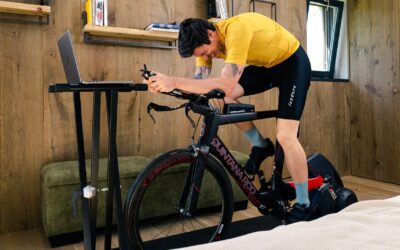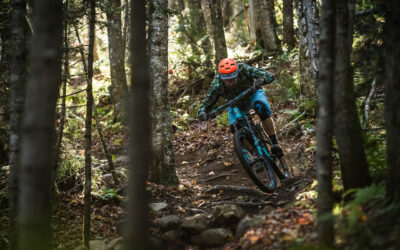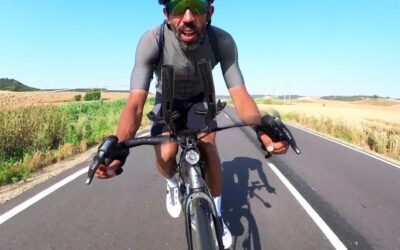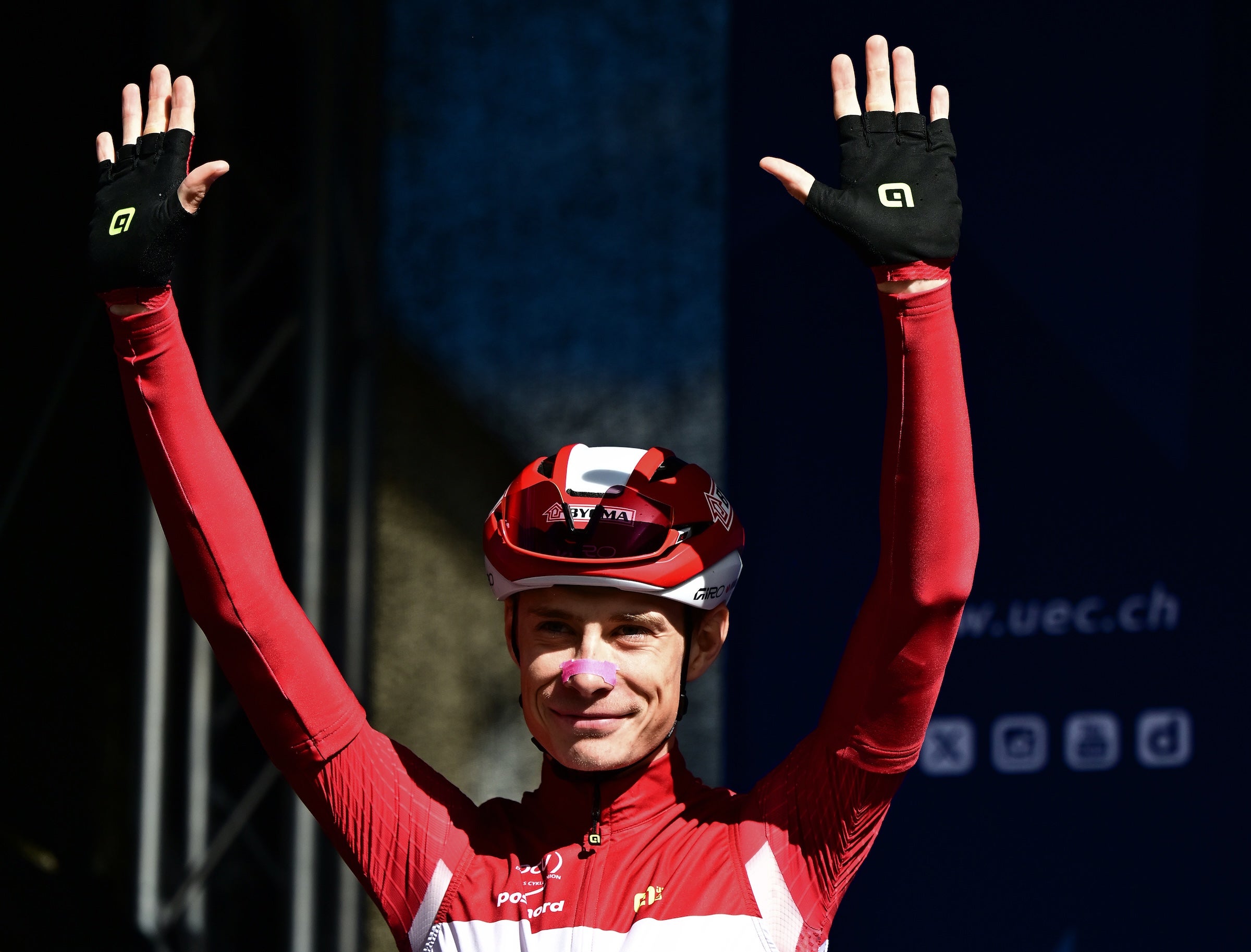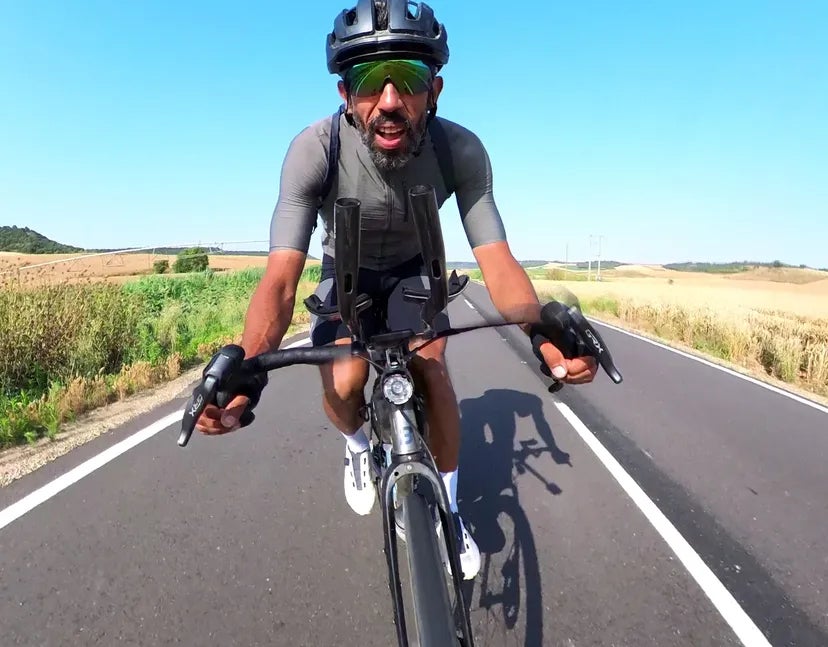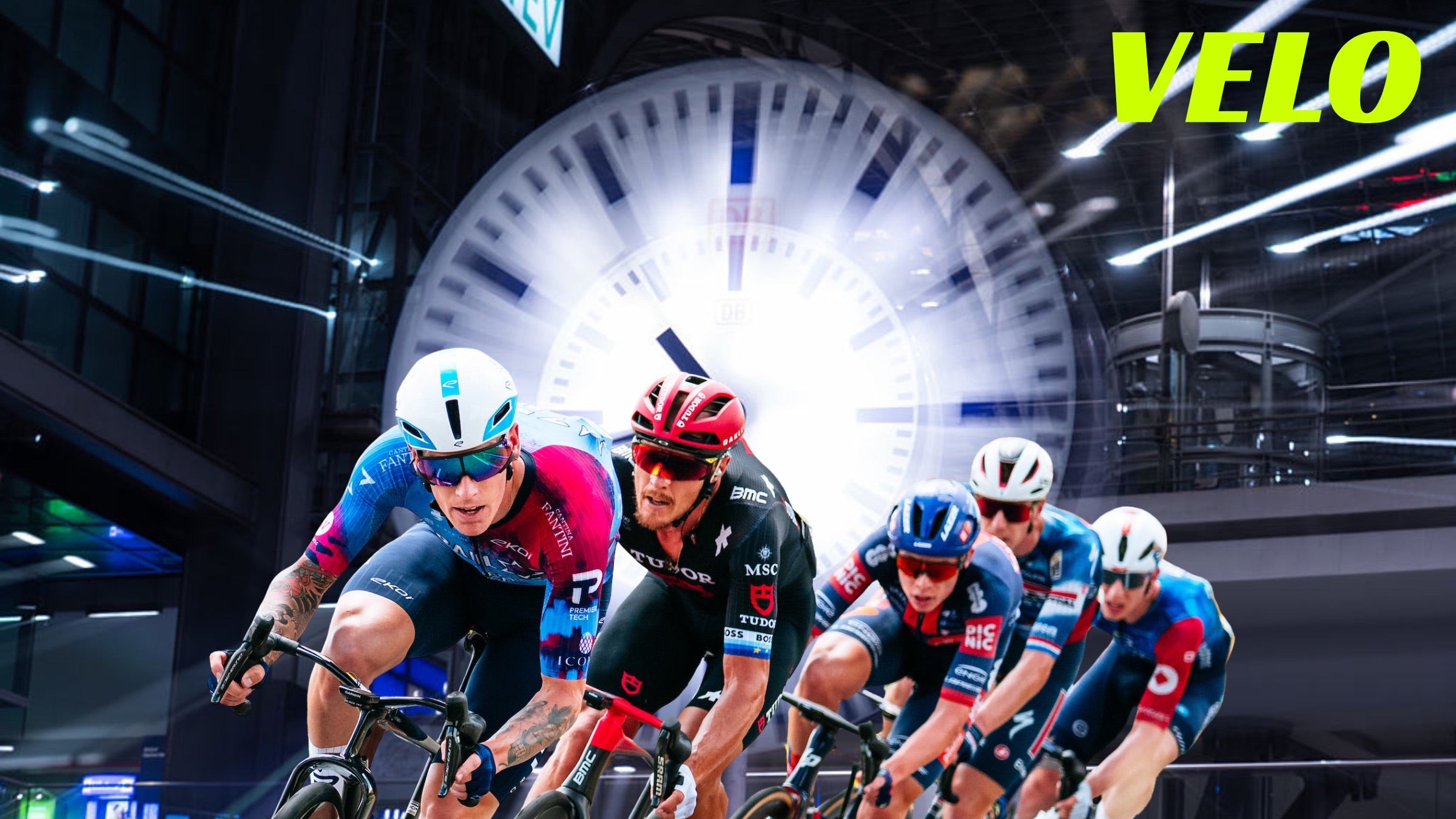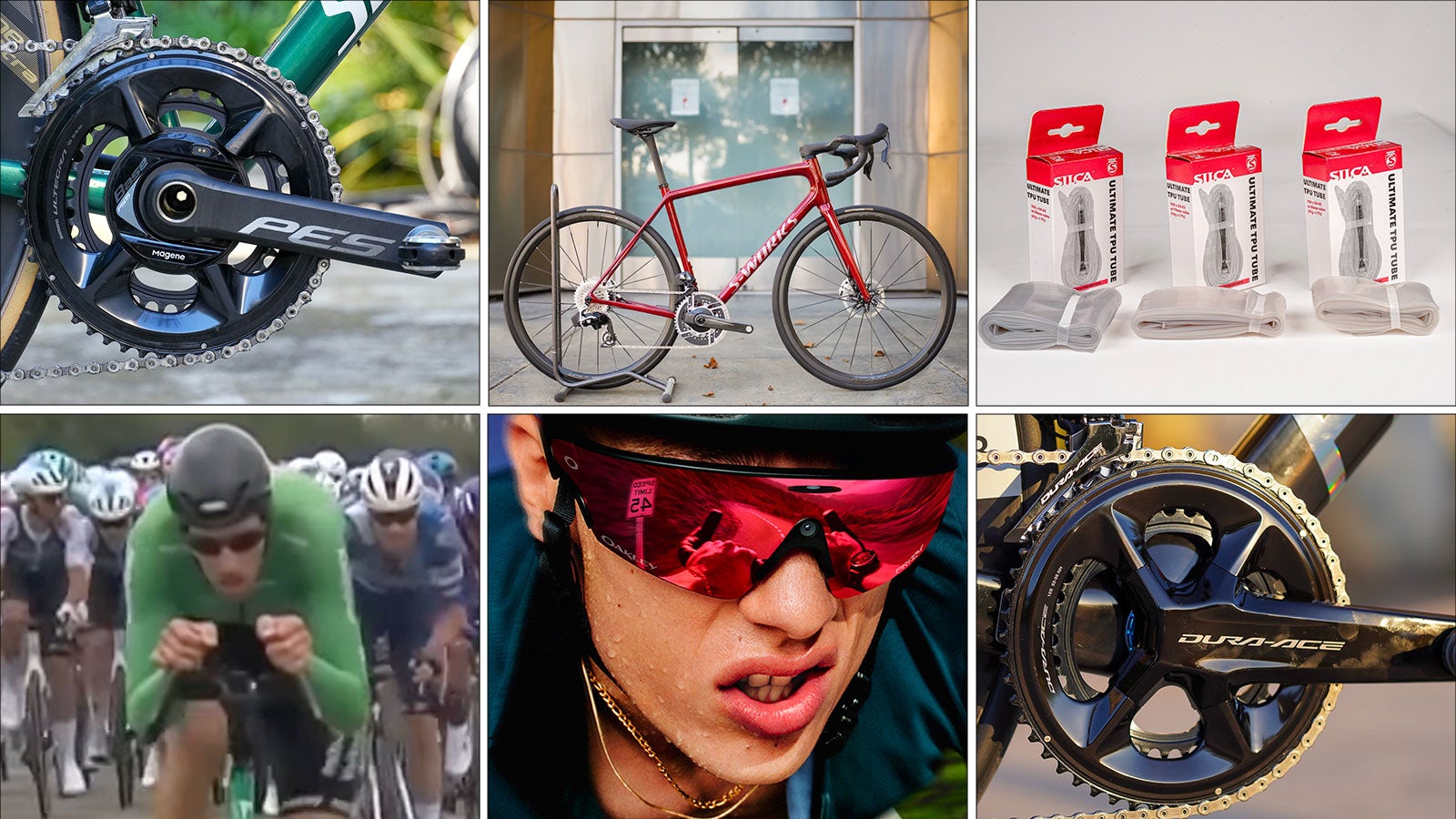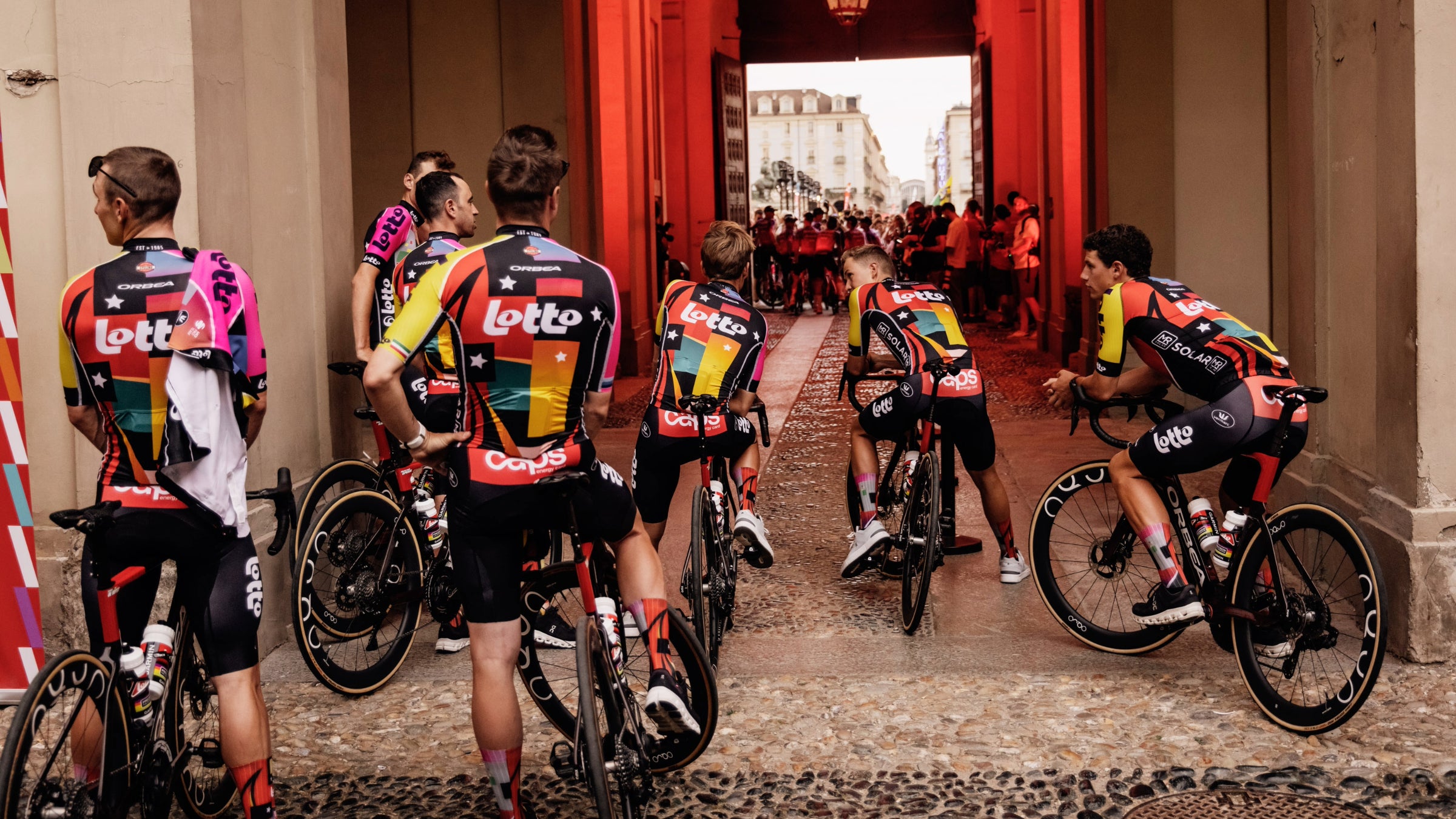Unraveling the European Championship: Vingegaard’s Struggle and Insights for Cyclists
Cycling enthusiasts everywhere have been buzzing about the recent European Road Championships, where two-time Tour de France winner Jonas Vingegaard faced unexpected challenges. His ambitions of becoming a European road champion slipped away during the race, raising questions not only about his performance but also about the intricate balance of managing fatigue after intense competitions.
The Highs and Lows of Vingegaard
After clinching victory at the Vuelta a España, Jonas Vingegaard entered the European Championships with high hopes. However, his confidence took a hit as he experienced a surprising setback. Cracking with 108 kilometers remaining while tackling the Côte de Saint-Romain-de-Lerps climb, Vingegaard had to retire from the race, highlighting the harsh reality of transitioning from stage races to single-day formats. Despite his success in multi-stage events, winning one-day races has proven elusive, with just one notable exception in his career.
Vingegaard’s journey is a reminder that elite athletes are not immune to the consequences of overexertion. His focus on finding “the recipe for tackling one-day races” poses a critical question for cyclists: How do we gauge our readiness to compete in different formats?
The Climb That Changed Everything
The Côte de Saint-Romain-de-Lerps climb turned out to be pivotal for both Vingegaard and João Almeida, who also faced difficulties during the race. With 92 kilometers to go, Almeida was similarly dropped, suggesting that both riders were struggling with lingering fatigue from their previous competitions.
Competitive cycling demands not just physical strength, but also strategic management of energy reserves. Riders like Vingegaard and Almeida often push their limits to secure stage wins, but what happens when the body sends warning signals? Recognizing the signs of fatigue can be crucial in competitive cycling, especially when transitioning between different race formats.
Analyzing Performance: Recovery is Key
As Vingegaard and his Team Jumbo-Visma analyze this performance, they will undoubtedly look at recovery protocols following a grand tour. The transition from the grueling demands of the Vuelta to a high-stakes one-day championship may require a reinvention of training strategies. Vingegaard’s experience underscores a critical lesson for amateur riders: Rest is just as important as training.
Many cyclists make the mistake of underestimating recovery, leading to burnout and decreased performance. Incorporating rest days and employing effective recovery techniques can positively impact overall performance. Listening to the body and adjusting training accordingly is essential to long-term success.
Personal Insights
From my perspective, this recent event serves as a beacon of insight for all cycling enthusiasts. Transitioning from one competitive format to another isn’t merely about physical readiness—it requires a comprehensive approach to recovery, energy management, and mental focus. Engaging in one-day races might just be the missing link for many long-distance riders seeking to diversify their competitive skills.
Conclusion: The Road Ahead
The European Championships served as a stark reminder of the unpredictability of sports. While Vingegaard and Almeida battled fatigue, it also highlighted the intricate web of racing strategy and physical resilience. For cyclists of all levels, understanding the importance of recovery and listening to their bodies can lead to better performance and, ultimately, success on both one-day races and multi-stage events. As we continue cycling into the next season, let’s remember: training is important, but recovery is paramount.
Original article: Click here


